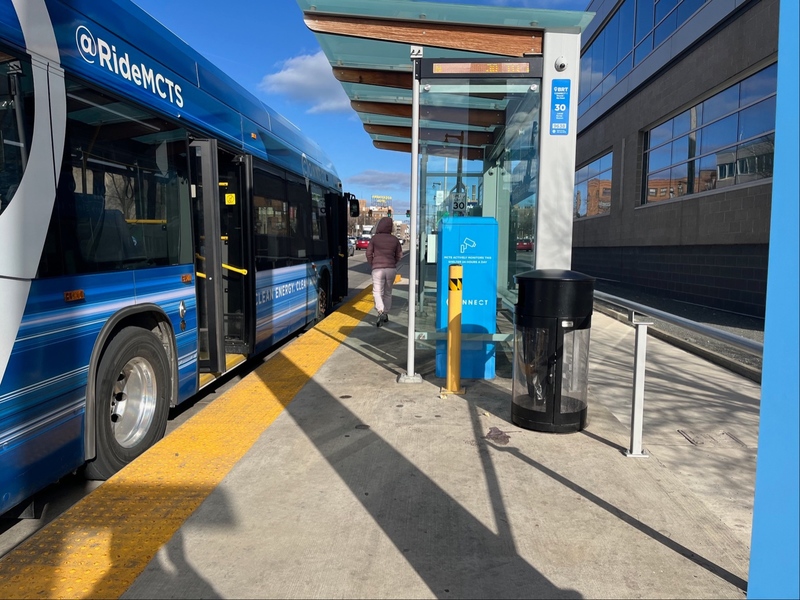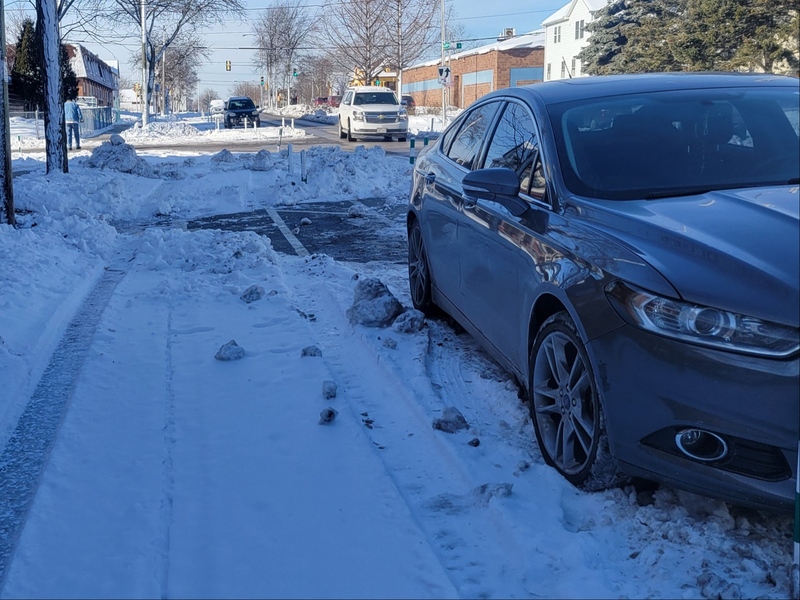I’m sure you’re an expert roundabout driver, as am I, but many Americans, including Milwaukeeans, don’t seem to understand how to navigate them. Most approach them with uneasiness or uncertainty and simply force their way into the flow of traffic when there’s an opening, hoping for the best. And once whirling around the stoplight-less circular islands, some drivers are even less sure how to lawfully get out of them.
Sound familiar? No, not to me, either.
However, in defense of those who find cruising the circle challenging, roundabouts weren't prevalent in Wisconsin until, at most, a decade ago. According to the Department of Transportation’s (DOT) website, there are 331 roundabouts in the state, almost all of which are less than 10 years old.
"Roundabouts are relatively new," says Jerry H. Zogg, the Department of Transportation's Chief Roadway Standards and Methods Engineer. "Like just about anything new, there’s a period of education and adjustment."
Plus, anyone who learned to drive before five years ago probably did not learn about roundabouts through driver education programs because they were not a part of the curriculum.
Vinny Smith, who is the office manager for Easy Method and North Shore Driving Schools, also served as a driver education classroom teacher and driving instructor. He says a section on roundabouts was added to the companies' driving handbooks within the last five years and that how to drive around them is the most-asked question by students.
"If someone doesn’t ask about roundabouts the first class, someone will ask during the second," says Smith. "There’s a lot of apprehension."
Smith says even though roundabouts are now a part of the curriculum, many people don’t get to actually practice driving around them during the "behind the wheel" portion of instruction.
"It depends on where the school is located and if there are roundabouts in the vicinity or not," says Smith. "A lot of times, someone will pass behind the wheel without ever driving around a roundabout."
But even though it's not really older drivers' fault that we weren't schooled in roundabout driving, we also aren't particularly adaptive to them, either.
Maybe it's because the act of roundabout driving is very different from the rigid "red light means stop and green light means go" concept. Most people are so accustomed to stoplight-enforced traffic control that roundabouts, although intended to provide better flow and more safety to drivers, can feel chaotic.
Plus, roundabouts require drivers to pay very close attention to other drivers and assess their actions – this means there is no place for road rage in a roundabout – as well as to make decisions for ourselves and our vehicles instead of being told exactly what to do by a third-party signal.
"Many people drive roundabouts in extremes – either too fast or too slow," says Smith. "And they don't realize the importance of using their turn signal when exiting."
For almost a decade, Brian Des Armo has driven a truck filled with wine and spirits for Capitol-Husting Co. During his career, he has witnessed many roundabout driving situations that ranged from awkward to dangerous.
"I think it’s fear. Drivers are afraid of them," says Des Armo. "They also don’t understand that they don’t have to stop before entering if traffic isn’t coming. There’s a yield sign, not a stop sign at the entrance of a roundabout and yet many people still feel they need to make a complete stop before proceeding."
Roundabouts have become more prevalent because they are proven in some communities to reduce the number of severe-injury crashes and deaths. They also, when accessed properly, improve traffic flow and are a greener alternative because there’s less vehicle idling which means less wasted fuel.
According to Zogg, the most important roundabout rules are to slow down (but not necessarily stop) when approaching a roundabout, yield to all traffic on the left and use a signal when ready to exit the roundabout. Paying attention is extremely important when driving a roundabout in order to know the proximity of other vehicles at all times.
"We really need to do a better job educating people about roundabouts," says Smith.
Molly Snyder started writing and publishing her work at the age 10, when her community newspaper printed her poem, "The Unicorn.” Since then, she's expanded beyond the subject of mythical creatures and written in many different mediums but, nearest and dearest to her heart, thousands of articles for OnMilwaukee.
Molly is a regular contributor to FOX6 News and numerous radio stations as well as the co-host of "Dandelions: A Podcast For Women.” She's received five Milwaukee Press Club Awards, served as the Pfister Narrator and is the Wisconsin State Fair’s Celebrity Cream Puff Eating Champion of 2019.







